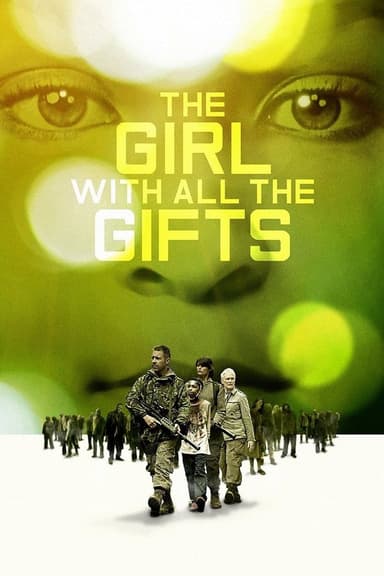
The Silence
2019 • Drama, Fantasy, Horror, Thriller • PG-13
With the world under attack by deadly creatures who hunt by sound, a teen and her family seek refuge outside the city and encounter a mysterious cult.
Runtime: 1h 30m
Why you should read the novel
If you're drawn to chilling post-apocalyptic narratives, Tim Lebbon's novel The Silence offers a gripping, immersive experience that the movie simply cannot match. Through complex characters and vividly terrifying prose, the book plunges you into a world gripped by an entirely new kind of horror, where sound itself spells doom. Lebbon's storytelling excels at building dread and empathy, allowing you to truly understand the struggles and emotional depth of each character as they navigate a world transformed by terror.
Unlike the movie adaptation, the novel spends more time delving into the psyche of its protagonists, letting you experience their growing fears and resourcefulness first-hand. The progression of the monsters and the emerging threats from other survivors are explored in greater detail, making every page turn feel urgent and consequential. In addition, the book invites you to reflect on the themes of survival, family loyalty, and the impact of silence itself on human communication and understanding.
Reading The Silence isn't just about witnessing a disaster—it's about being swept up in a richly textured narrative where every decision and every breath counts. For a nuanced, powerful, and thought-provoking journey through a world undone by monsters and human desperation, the novel stands far above its cinematic counterpart.
Adaptation differences
One of the most notable differences between Tim Lebbon's novel and the 2019 film adaptation lies in the level of character development and internal tension. The book gives readers access to Ally's inner thoughts, struggles with her recent deafness, and the nuanced dynamics of her family, providing a richer emotional landscape. The movie, constrained by its runtime, necessarily condenses these aspects, often relying on visual cues and brief dialogues that can't capture the novel’s complexity.
The setting and atmosphere also differ significantly. While the film translates the horror visually through dark, claustrophobic scenes and jump scares, the novel evokes terror primarily through psychological suspense and the overwhelming sense of vulnerability induced by silence. The novel's pacing allows for a more gradual build-up of dread, whereas the adaptation is focused on quick escalation and immediate threats.
Another major divergence is in the depiction of secondary threats beyond the monstrous creatures. In the book, the rise of cult-like groups, particularly 'The Hushed,' is more thoroughly explored, adding layers of menace rooted in human desperation and fanaticism. The film touches on this subplot but relegates it to a smaller part of the narrative, losing some of the intricate social commentary found in Lebbon's writing.
Finally, the resolution and tone of the story are altered in the film adaptation. The novel’s ending is ambiguous and thought-provoking, leaving readers with questions about survival and the resilience of humanity. The movie, on the other hand, opts for a more conventional closure, offering viewers a sense of resolution that feels less fraught with moral and existential ambiguity. These changes ultimately shift the focus and impact of the story, making the reading experience distinct and, for many, more satisfying.
The Silence inspired from
The Silence
by Tim Lebbon










